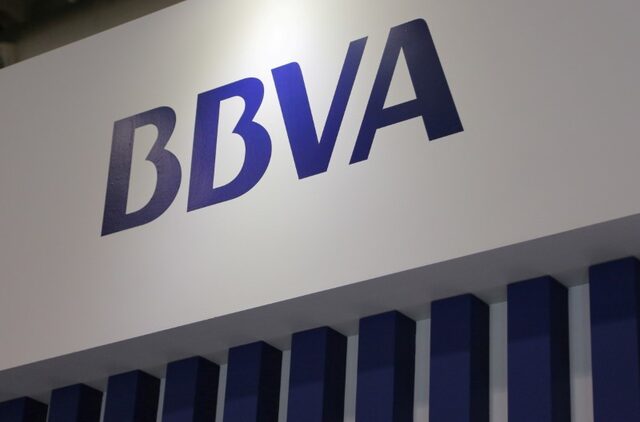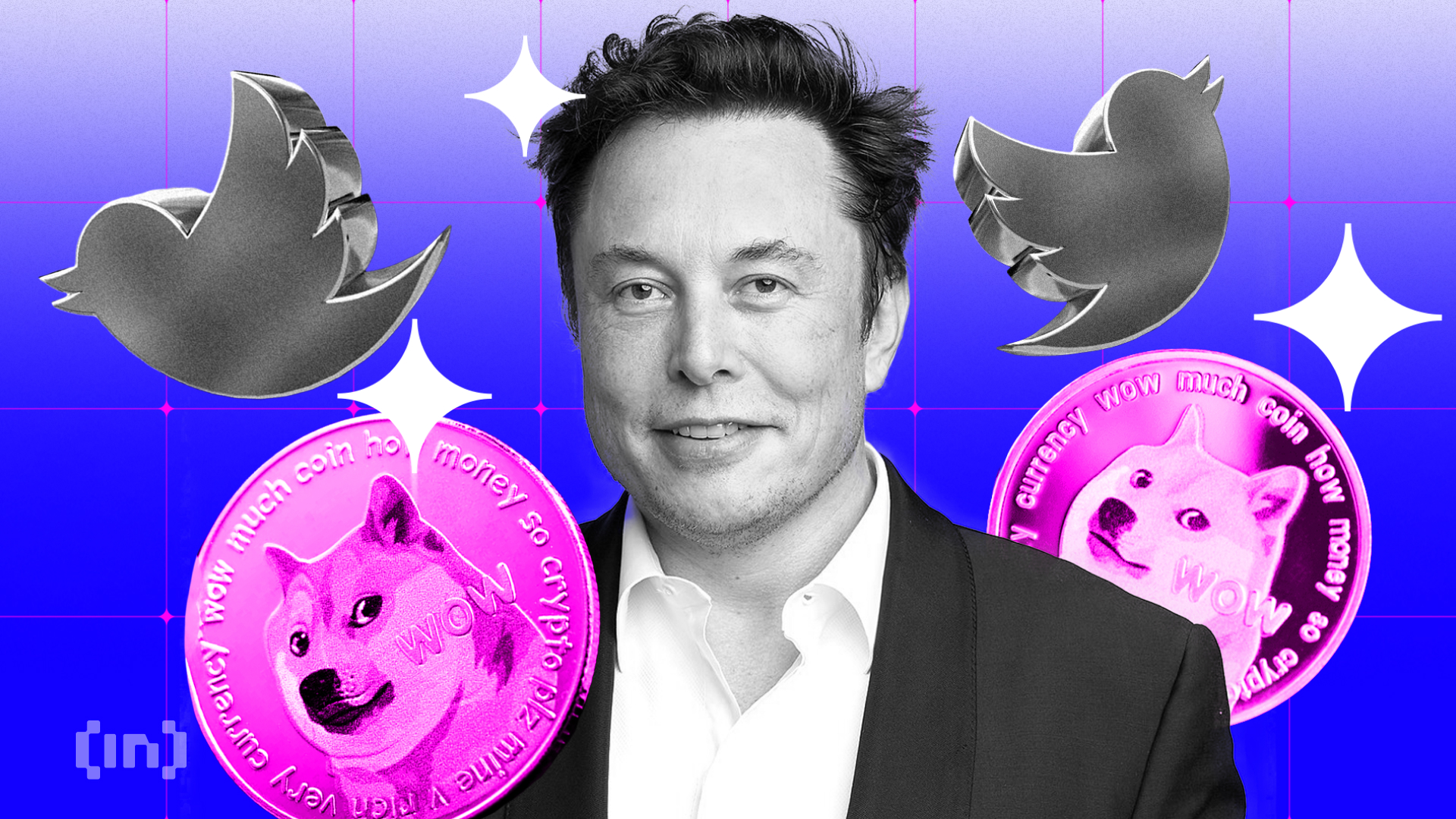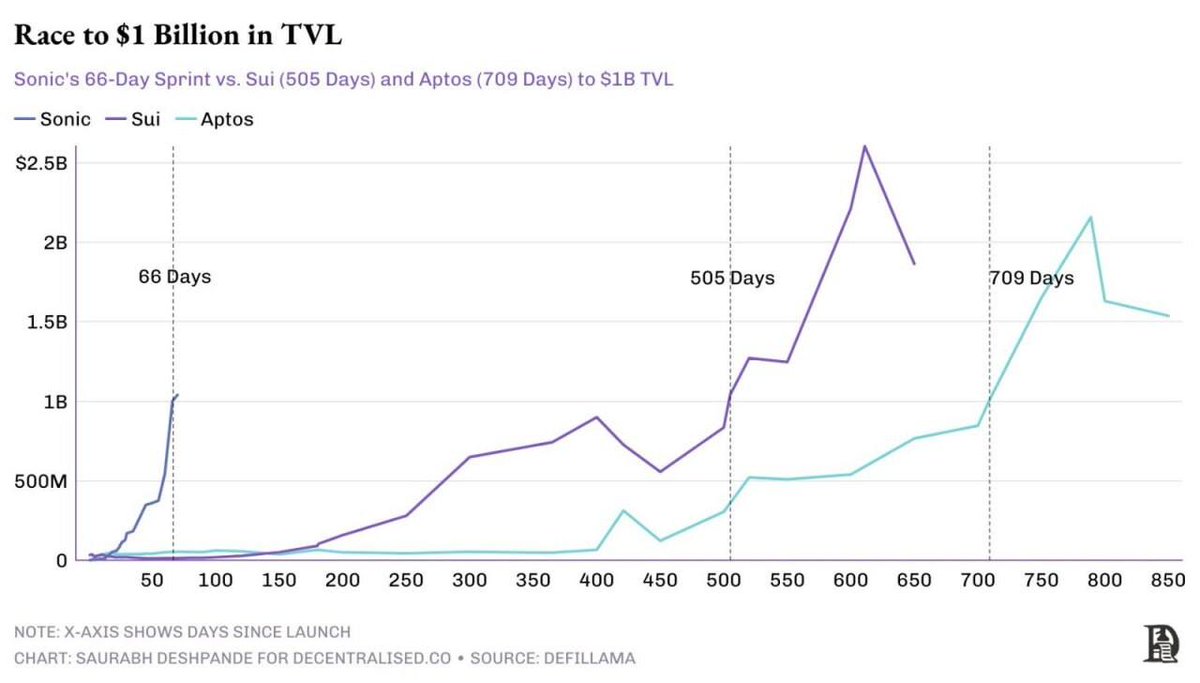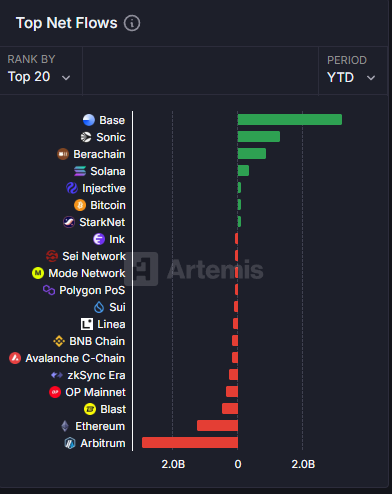In a significant step for the financial sector, BBVA has announced that its institutional and private banking clients in Switzerland can now manage Circle’s stablecoin, USD Coin (USDC), alongside traditional investments. This move, revealed in a press release on September 9, introduces a new level of convenience and efficiency for clients looking to navigate the increasingly complex world of digital finance.
The integration of USDC into BBVA’s platform allows clients to exchange, custody, and convert the stablecoin into euros, U.S. dollars, or other currencies. This enhancement is designed to streamline transactions, providing a faster and more flexible financial experience. According to Philippe Meyer, BBVA Switzerland’s head of digital solutions and blockchain, this addition is particularly beneficial for institutional clients such as investment fund managers who rely on stablecoins for trading cryptocurrencies across various exchanges.
Meyer emphasized that the move reflects BBVA’s commitment to addressing the evolving needs of its clients. “Institutional clients need us to provide options to guarantee the assets they manage,” he said. Meyer also hinted at future expansions, noting that the bank is actively analyzing client requirements to enhance its offerings further. However, it remains to be seen whether BBVA will support USDC on all networks, including Coinbase’s Base layer-2 solution.
This latest development follows BBVA’s 2023 migration to Metaco’s Harmonize platform, a blockchain infrastructure provider owned by Ripple. The Harmonize platform facilitates connections to multiple blockchain networks, enabling more efficient and streamlined transactions. BBVA’s commitment to integrating blockchain technology aligns with its broader strategy of enhancing digital financial services.
In addition to Switzerland, this service is available through BBVA’s Turkish subsidiary, Garanti BBVA Digital Assets. Clients in Türkiye can also trade other cryptocurrencies, including Bitcoin (BTC), Ethereum (ETH), and Avalanche (AVAX), reflecting BBVA’s broader strategy of integrating digital assets into traditional financial services.
BBVA’s move to incorporate USDC represents a notable shift in the banking sector’s approach to cryptocurrency, highlighting the growing acceptance of digital assets in mainstream financial operations. As the bank continues to adapt to the evolving digital landscape, it will be interesting to see how this integration impacts both institutional and private banking clients in Switzerland and beyond.







